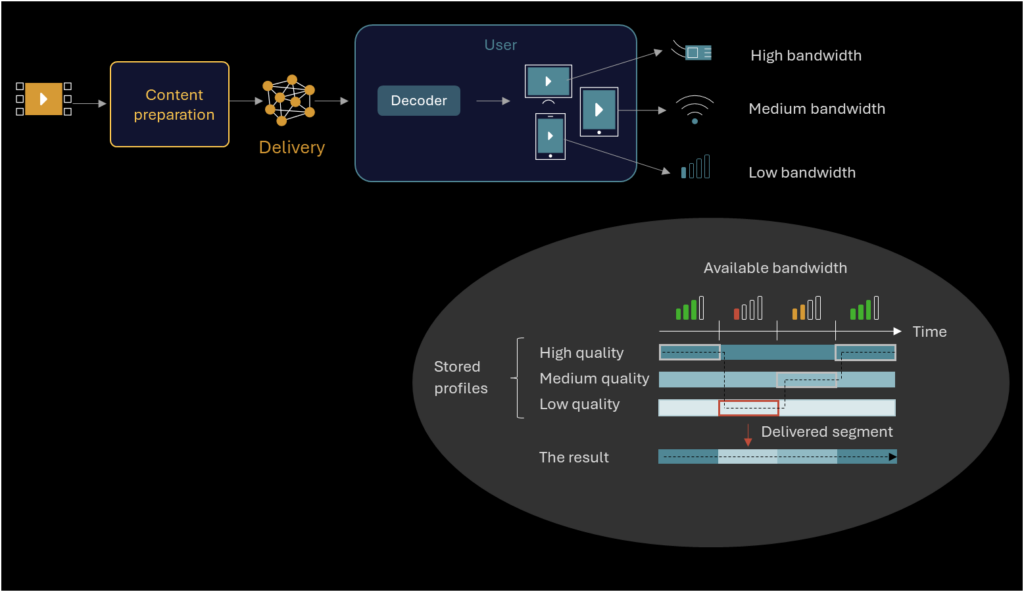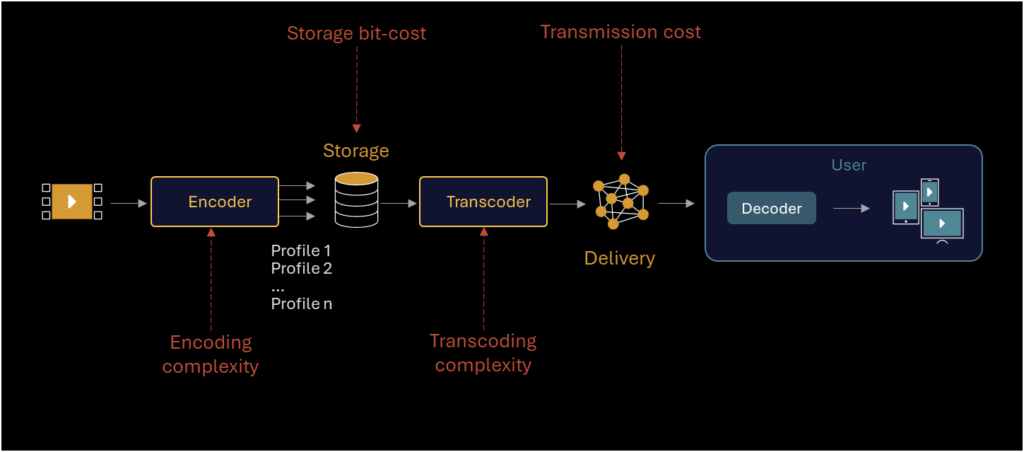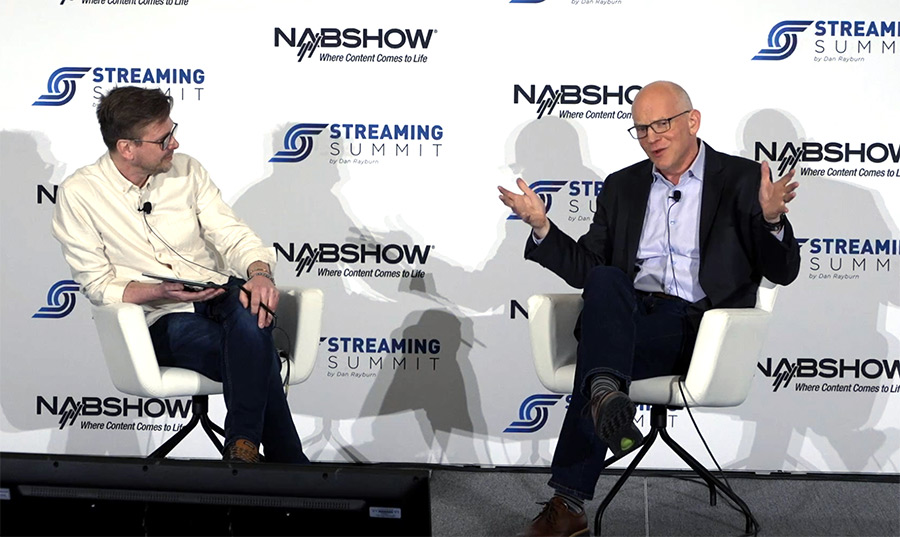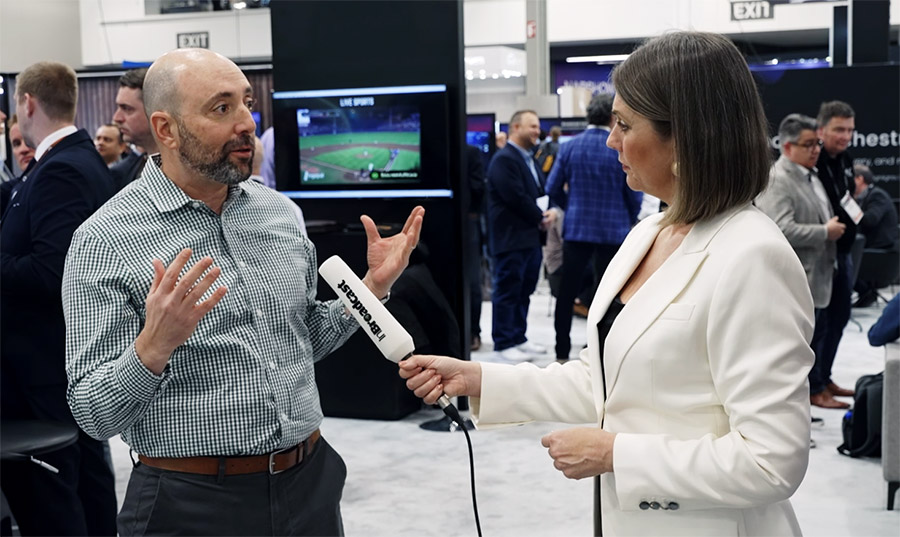We’re proud to announce that our technical paper has been accepted for presentation at the IBC technical conference! The committee had high praise, calling it a “well-written paper that introduces an interesting new proposal with clear descriptions and results”.
Now, let’s be honest—this paper dives into some pretty specialized territory: Guided Transcoding using Deflation and Inflation (GTDI). It might sound like something only a PhD student would get excited about (which, by the way, it is!), but trust me, there’s a reason the IBC recognized its importance. Let me explain why.
In this summary, we’ve distilled the core ideas so you can grasp the essentials in a straightforward way.
We encourage you to dive into the full article if you’re curious, and of course, we’d love to meet you at IBC! It’s a great opportunity to chat about the future of streaming, exchange ideas, and maybe even inspire the next big breakthrough. So, grab a coffee, get comfortable, and let’s explore how we’re making video streaming better for everyone.
Optimized streaming techniques: high quality, less cost
In today’s world, video streaming is a big part of our lives. Whether you’re catching up on Netflix at home or watching a quick YouTube clip on your commute, you’ve probably noticed that the video quality can change depending on your internet connection. This helps to prevent those frustrating buffering moments. But what’s going on behind the scenes, and how can streaming be made even more efficient?
Streaming services rely on a method called HTTP-based Adaptive Bitrate (ABR) streaming, using technologies like DASH[1] or HLS [2]. These systems are designed to deliver videos smoothly across different devices and varying network conditions. To do this, the service encodes the same video in multiple quality levels or profiles (matching a set of different target bitrates known as the “bitrate ladder”), so it can switch between them based on your current connection speed.

Great! The buffering issue is resolved, resulting in a smooth streaming experience even while on the move. Next, we’re looking into how to optimize the processing and storage costs of these quality levels.

There are two main strategies [3] for managing these different quality levels: Simulcast (SC) and Full Transcoding (FT). Simulcast is the most common approach. It involves creating and storing all the different quality versions of a video upfront. This method is great because it requires no extra processing when a particular quality level (i.e. bitrate) is requested—what you see is already ready to go. Plus, it offers optimal transmission efficiency, ensuring that the video quality is maintained during streaming. However, this approach takes up a lot of storage space.
Full Transcoding, on the other hand, only stores the highest quality version of the video. This saves a ton of storage, but there’s a catch: when a user wants a lower-quality version (i.e. lower bitrate), the server has to decode the high-quality video, possibly adjust it (like downscaling), and then re-encode it to the requested rendition. This process is complex, requires a lot of computing power, and can result in lower efficiency in terms of video quality or higher transmission costs for maintaining the video quality.

In our research, we’ve been exploring ways to strike a better balance between storage, transcoding complexity, and transmission efficiency, while ensuring that the video remains compatible with standard playback devices. We focused on an advanced technique called Guided Transcoding using Deflation and Inflation (GTDI) [4].
This method reduces storage requirements by using predictive residual coding across different quality levels. Instead of storing all the compressed data for each lower quality profile, the method re-generates standard residual data information for these profiles from the high-quality version when requested by the client. The method ensures good transmission efficiency, as the re-generated streams are the same as for the simulcast streaming strategy, preserving the user experience. However, generating these lower-quality versions requires a complete decoding of the high-quality profile, which adds complexity to the process.
To improve on this, we proposed a new approach that simplifies the GTDI process by using partial decoding. This reduces the processing power needed for transcoding, though it might slightly increase storage or transmission costs. We also developed optimization techniques that can further improve storage savings, especially for methods like GTDI, achieving around 10% additional storage savings with only a small impact on transmission costs.
Why it matters
These advancements are crucial because they enable streaming service providers to optimize storage, processing, and transmission costs while still delivering top-notch video experiences to users, no matter their internet connection or device. As streaming becomes an increasingly important source of entertainment and information, it’s vital to keep system costs in check while ensuring that videos are delivered quickly, smoothly, and with minimal interruptions.
In a nutshell, these new techniques make video streaming better for everyone by reducing the need for storage and processing power while still providing high-quality video!
Still with us? Let’s keep the conversation going!
Congrats—you made it through! If you’re still here, it means you’re as into tech and innovation as we are. We’ve only scratched the surface of what’s possible with our research, and we’re excited to see where it leads.
If you’re curious to learn more or just want to geek out over the latest in video streaming, come find us at our booth at IBC. We’d love to chat, share ideas, and maybe even show you a few cool demos. See you there!
And join us for the session on Sunday, 15th September, from 11:00 to 13:00, Julien Le Tanou, our video research manager will be more than happy to continue the discussion.
References
- MPEG, “MPEG, “Dynamic Adaptive Streaming Over HTTP,” ISO/IEC 23009. Available: https://mpeg.chiariglione.org/standards/mpeg-dash ↩︎
- Apple, “HLS Authoring Specification for Apple Devices.” [Online]. Available: https://developer.apple.com/documentation/httplivestreaming/hlsauthoringspecificationforappledevices ↩︎
- MPEG, “Call for Evidence on Transcoding for Network Distributed Video Coding,” July 2017. [Online]. Available: https://mpeg.chiariglione.org/standards/exploration/network-distributed-media-coding/call-evidence-transcoding-network-distributed ↩︎
- C. Hollmann and R. Sjöberg, “Guided transcoding using deflation and inflation,” in Proceedings of the 23rd Packet Video Workshop, ser. PV’18. New York, NY, USA: Association for Computing Machinery, 2018, p. 19–24. ↩︎



